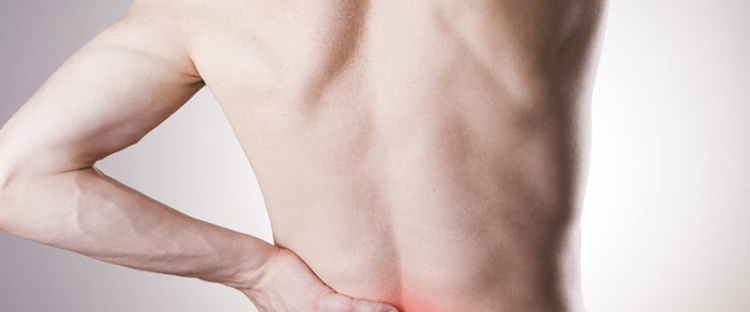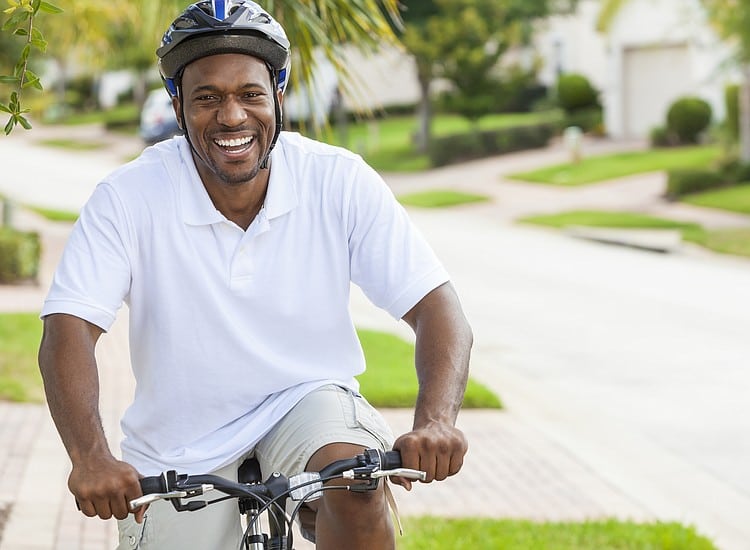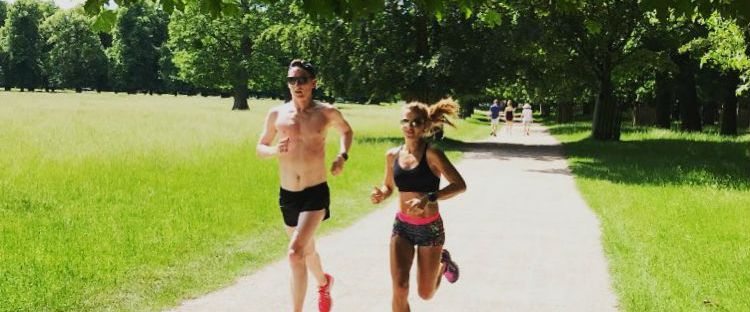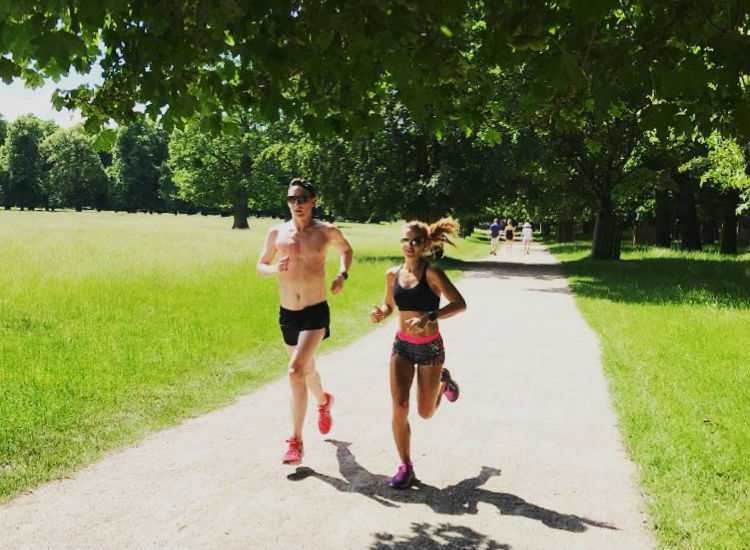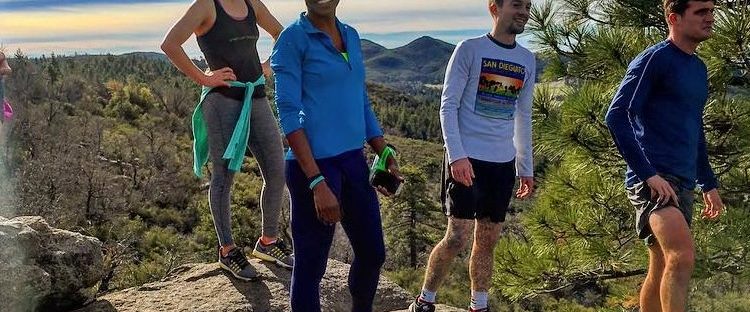If you suffer from lumbar radiculopathy, commonly known as “pain of sciatica”, do not miss this blog in which we explain what is the sciatic nerve, symptoms and possible causes of this discomfort with which it is associated, and what exercises can you help relieve discomfort.
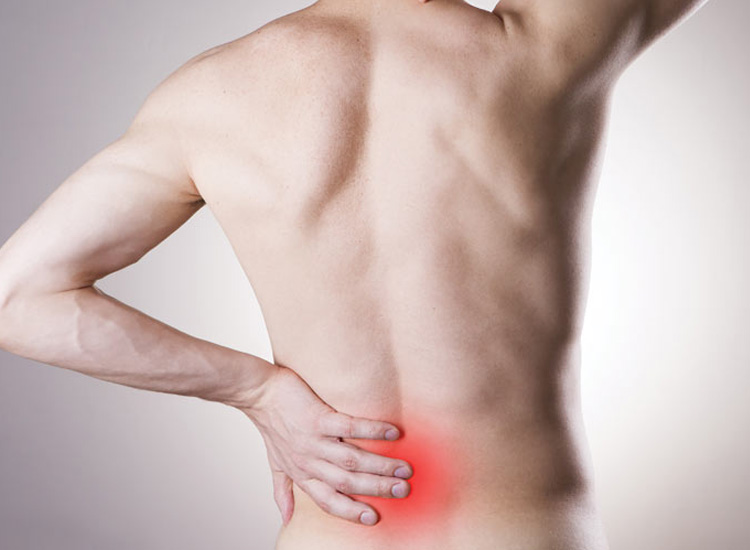
What is “the pain of sciatica”
The popular term “sciatica pain” refers to a set of symptoms in the area of the sciatic nerve: the longest nerve in the body. It begins as a bundle of nerve fibers in the lower part of the spine and continues down the back of the legs until it reaches the toes. Some diseases in the lower back can irritate the sciatic nerve and cause the pain to radiate along. These symptoms are known as “sciatica” or, properly speaking, lumbar radiculopathy.
The 6 most common causes of sciatica pain
Due to the complex anatomy of the sciatic nerve, the symptoms are different, since they depend on the irritated area. For this reason, it is important to understand what is the underlying cause of pain and we have also described pain management techniques. Below, we describe 6 problems in the lower back that are usually the cause of this condition:
- Lumbar disc herniation. Between the vertebrae of the spine, there are fibrous discs, which contain a pulpy mass. If the substance leaks, or moves, towards the external fibrous structure, then it irritates or pinches the adjacent nerve root. The most common symptom of a herniated disc is sciatica pain.
- Degenerative disc disease. Although this condition is typical of the aging of the spine, some people have more deteriorated discs in the lower back. This can irritate the root of a nerve and cause sciatica pain.
- Isthmic spondylolisthesis. This disease appears when a vertebra slides forward over the one below. In this movement, the nerve can pinch and cause sciatica pain.
- Stenosis of the lumbar canal. It happens when the nerves of the legs and the spinal cord are trapped in the back. It can be due to the increase in the size of the ligaments of the spine, the excessive growth of soft tissue or a protruding disc that exerts pressure on the roots of the nerve and causes sciatica pain.
- Piriformis syndrome. It happens when the piriformis muscle, which is located in the area of the buttocks, has spasms and causes pain. If this muscle irritates or pinches the root of a nerve linked to the sciatic nerve, it can cause pain similar to sciatica pain. Although it is not a lumbar radiculopathy, it is associated with it because the pain is very similar.
- Dysfunction of the sacroiliac joint. If this joint is irritated, which is located at the base of the spine, it can also cause irritation of the nerve of vertebra L5, which is above the joint. As a result, sciatica pain appears.
Exercises for sciatica pain
Once you know what is the cause of your sciatica pain, then you will know what exercises are recommended for your body health. It is also important to know the underlying causes because, although it is rare, it could be a more serious disease that requires specialized medical attention, such as an infection, a fracture or a tumor.
Here we explain some recommended exercises if you suffer from sciatica pain. We suggest you consult a doctor before practicing them.
- To relieve pain resulting from herniated disc:
- Extension exercises
- Back flexion exercises
- Upper back extension exercises
- Abdominal push-ups, to strengthen these muscles
- To relieve pain arising from stenosis of the lumbar canal:
- Dorsiflexion exercises
- Supine march
- Abdominal pushups
- To relieve the pain derived from the degenerative disc disease:
- Supine march
- Bridge exercises
- Stretching Regardless of the cause of your pain, include the following stretching exercises in your routine to relieve sciatica pain:
- Stretching of the piriformis muscle
- Low back stretch
- Hamstring Stretches
- Of muscular strength. Strong abs provide more back support and relieve sciatica pain. It is recommended that you practice a gentle strengthening routine and stretching exercises.
- Low impact aerobic exercises. In addition to the specific exercises according to your condition, it is recommended to include some aerobic exercise in your routine. It will help you reduce pain and keep you in shape. The most advisable thing is to walk. Once the pain has subsided and you feel stronger, you may be able to walk faster, including jogging, or cycling.
In summary, if you suffer from symptoms similar to those described in this note, we recommend that you consult a doctor to find out what is the cause behind the pain. Once you are informed, consult with a specialist to know which exercises are most appropriate for you and practice them frequently to overcome the discomfort.

